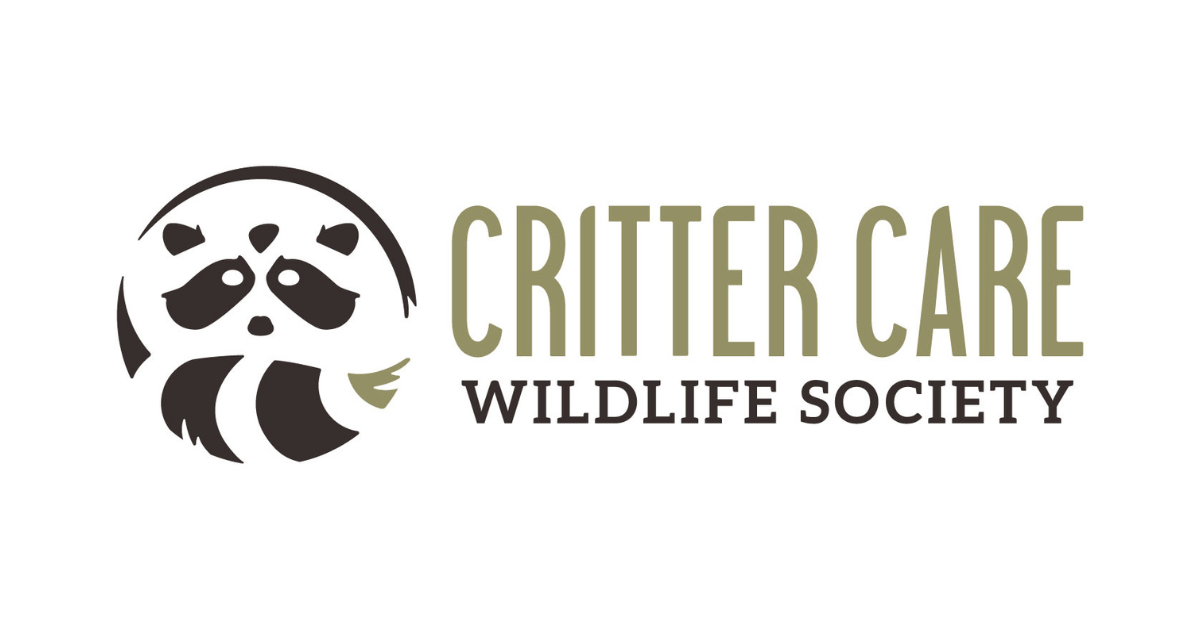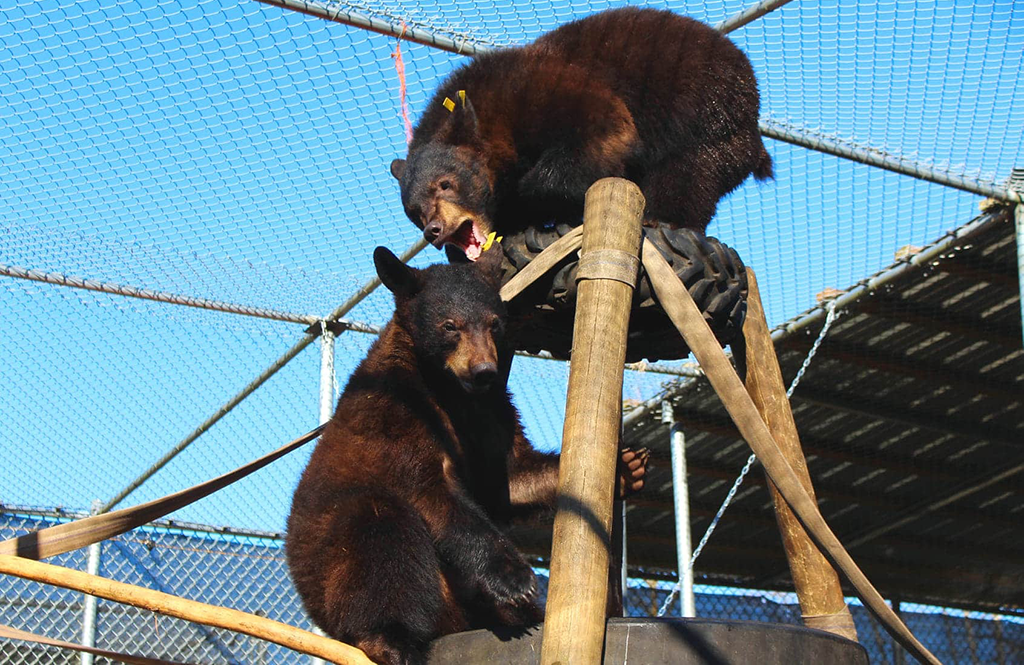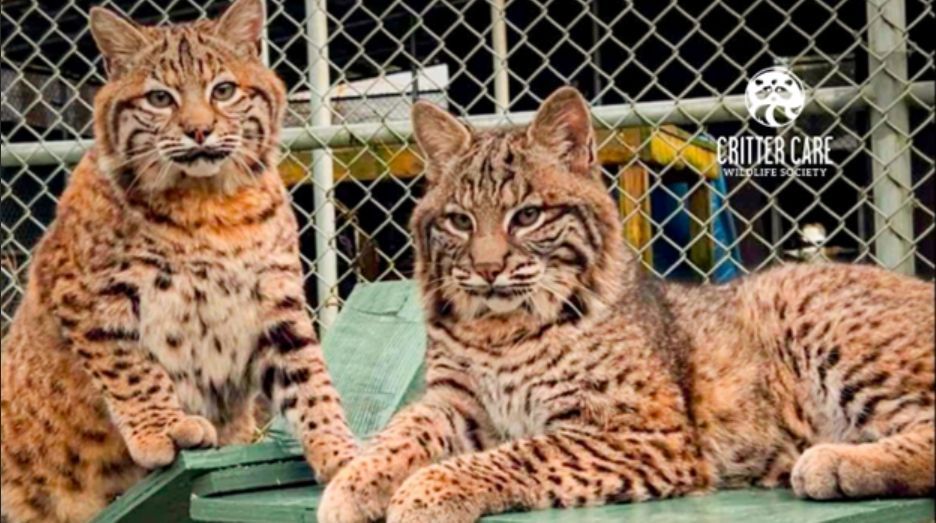What is here today can be gone tomorrow. Every life is a miracle, every life deserves a second chance.
- Gail Martin -
Wild Salmon and the Ecosystem, a Symbiotic Relationship
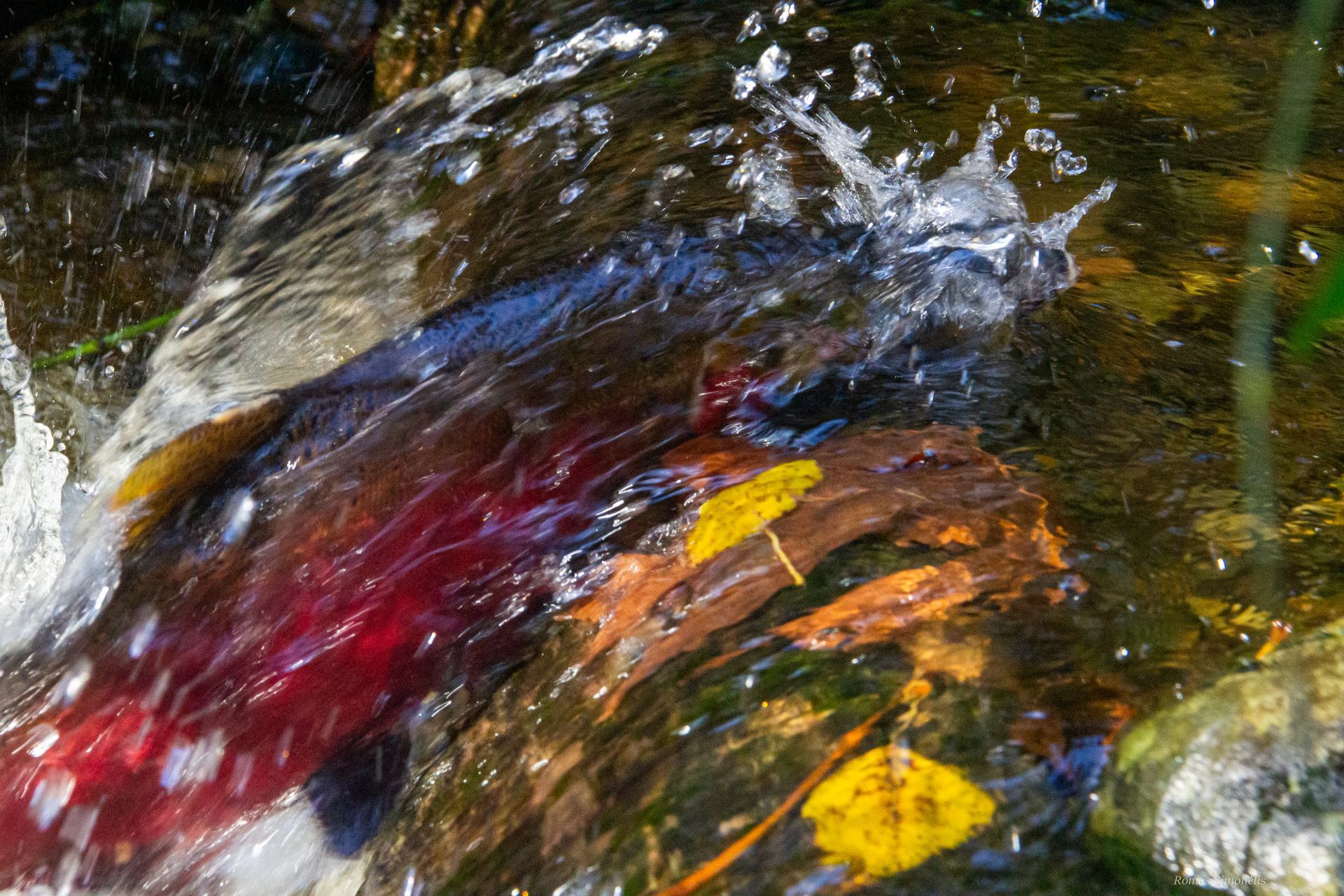
It’s autumn, and the salmon are returning to spawn in the creeks, streams, and rivers of the West Coast. These remarkable fish play a vital role in the ecosystem, nourishing a wide variety of life—from the towering temperate rainforests to the smallest microorganisms.
The Role They Play
Salmon are considered a foundation species, meaning their contribution is essential to maintaining a healthy, thriving ecosystem. These fish undertake incredible journeys, swimming anywhere from a few kilometres to hundreds, deep into the rainforest, to return to their birthplace and lay their eggs.
After spawning, the salmon die, and their decaying carcasses enrich the water with nutrients. This nutrient-rich water supports the growth of flora along the creeks, streams, and rivers, sustaining the lush forest. Orcas, sea lions, bears, and birds of prey all depend on salmon, directly feeding on them or their remains.
Cultural Significance
The Indigenous peoples of the West Coast have long understood the profound importance of salmon. For millennia, salmon have been a vital part of their diet and hold deep cultural and spiritual significance, symbolizing the interconnectedness of life in this region.
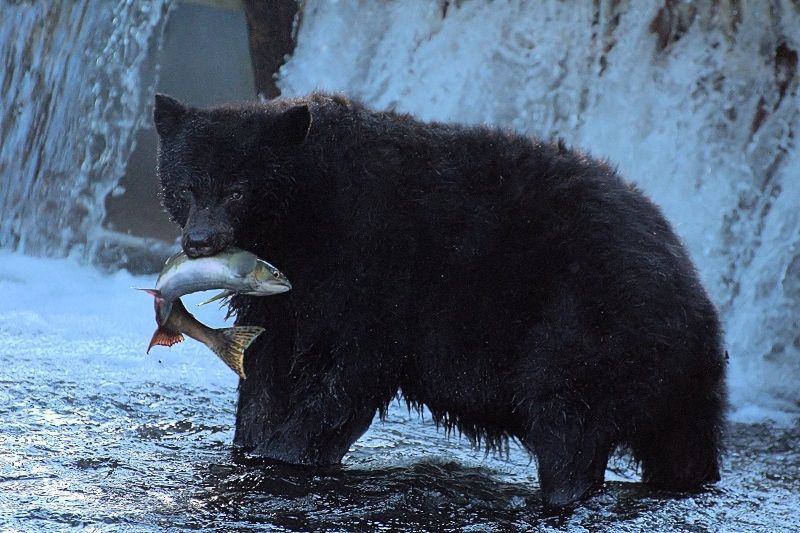
A symbiotic relationship
As they return, salmon become prey for animals like grizzly bears, black bears, coastal wolves, and otters. Bears trap salmon, drag them into the forest, and feed on them to fatten up for hibernation. Afterward, scavengers such as coyotes and eagles feast on the remains. Additionally, salmon carcasses supply essential nutrients to the trees and plants, sustaining the rich ecosystems of our temperate rainforests.
The coastal wolves of British Colombia, a subspecies of the grey wolf, will feed on the brains and eggs of the salmon, while leaving the rest to scavenger species. Bears catch salmon and drag them into the forest to feed on; what the bears leave behind provides food for small mammals and a large variety of insects. The decaying carcasses also provide essential nutrients to the towering trees and mosses covering the forest floor. A healthy population of salmon is critical to a healthy ecosystem.
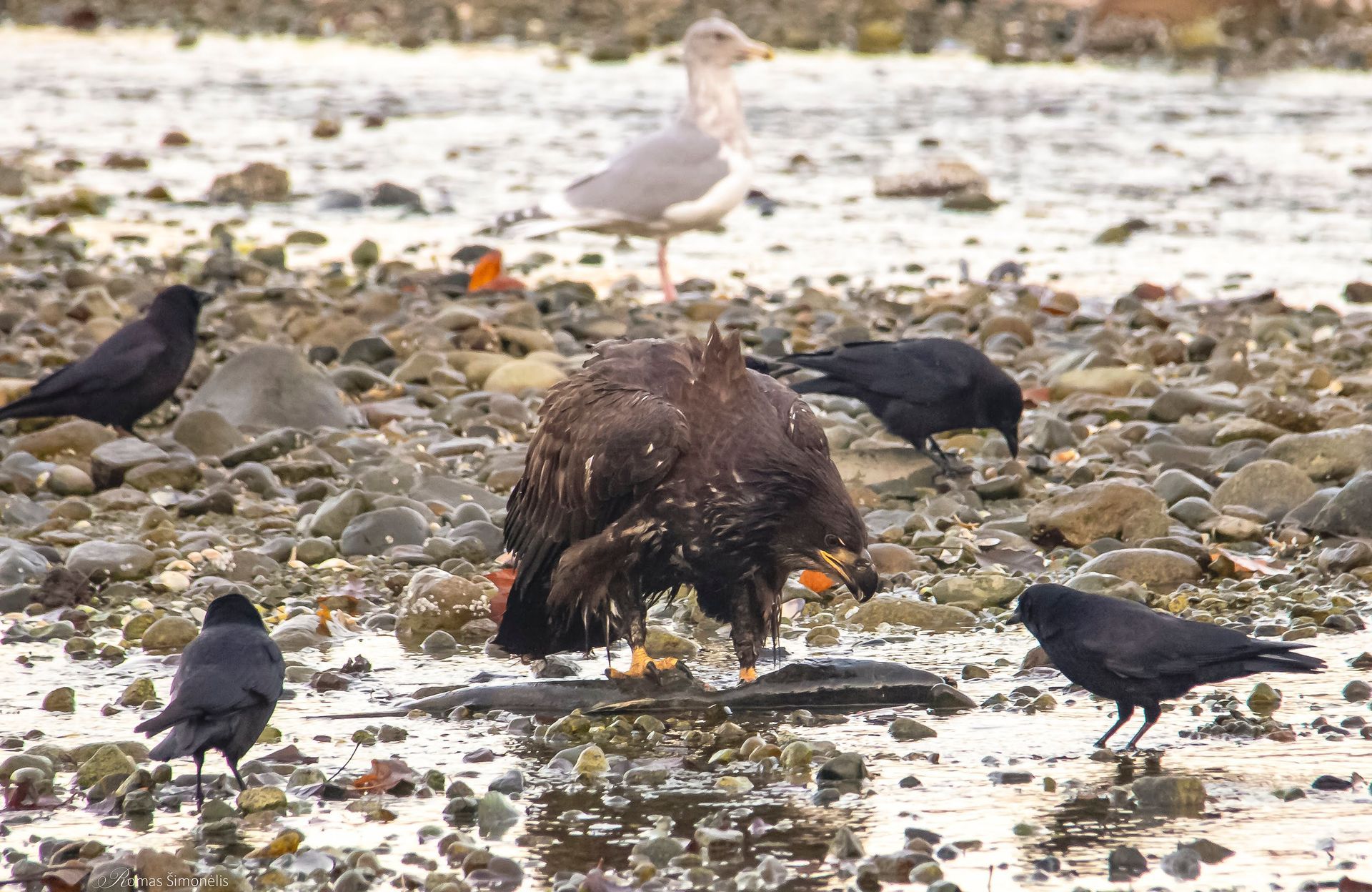
Some quick facts
- Salmon feed over 130 different species.
- Females use their tail fins to dig a hole to lay their eggs in, they can lay between
2000 to 10,000 eggs. - Salmon are born in fresh water, live in salt water and return to spawn and die in fresh water.
- Indigenous people would carry eggs from one stream to another to help maintain the salmon population.
- Bears will eat up to 15 salmon in a day.
- Bobcats have even been observed catching salmon.
- American dippers love salmon eggs!
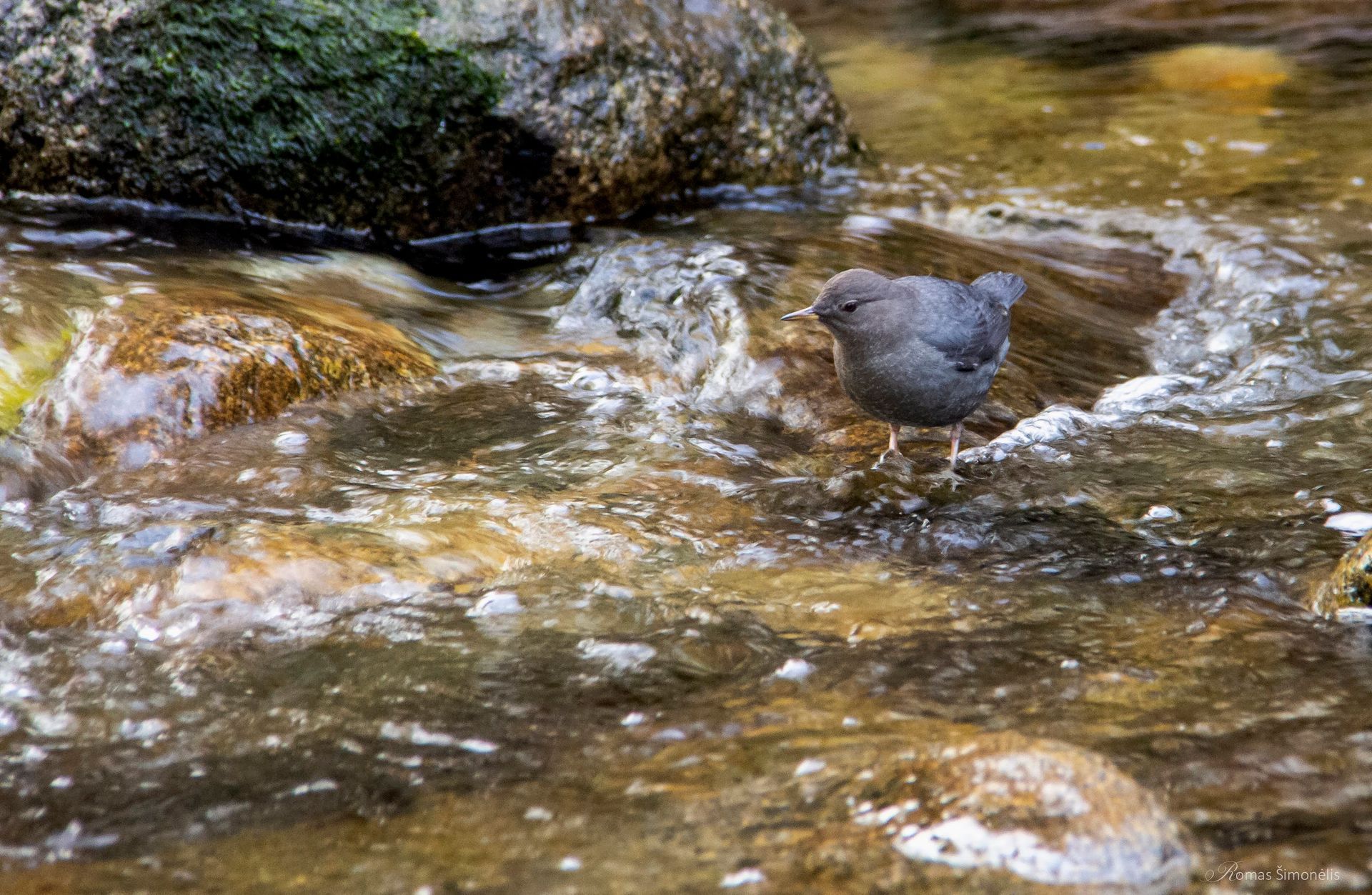
The future of salmon
Salmon stocks have declined due to human activities such as overfishing, habitat loss, pollution, and a warming ocean. Governments are beginning to see just how important salmon are to
the ecosystem and trying to balance commercial fishing and preservation. Government and environmental organizations are consulting with the Indigenous peoples on how best to preserve and rehabilitate this important species. Some of the things being done to help the salmon is the daylighting of creeks and streams and the planting of native flora along creeks and streams. Salmon hatcheries also play a key role in the survival of salmon. We can also play our part by keeping litter and pollutants out of the water and our environment.
Salmon are life.
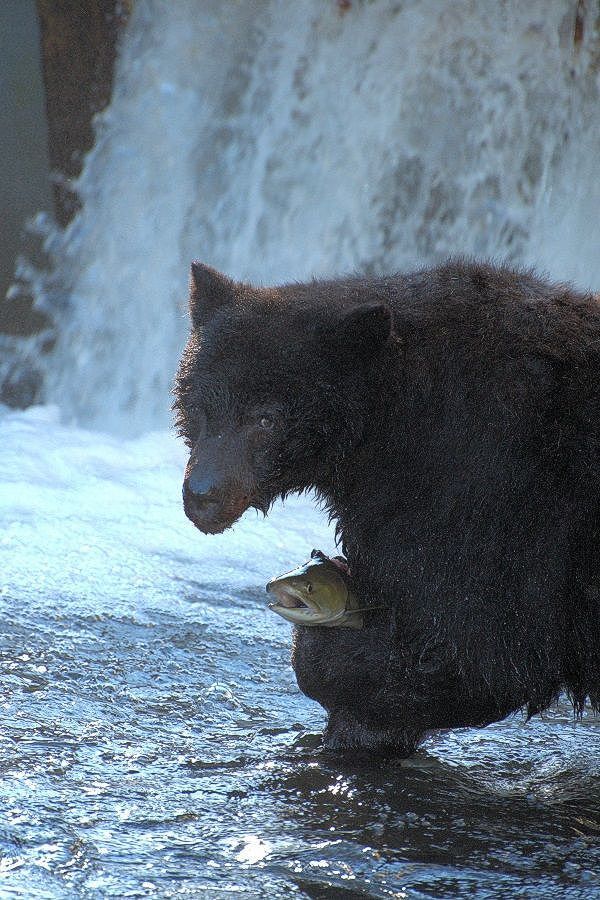
Critter Care Wildlife Society News

Sign up to get inspiring stories of rescue,
rehabilitation and release from Critter Care
Be the first to receive our newsletter, new blog posts, and updates
about our most critical needs and community news.
Thank you for signing up. We will be sending important updates right to your inbox.
Please try again later.
